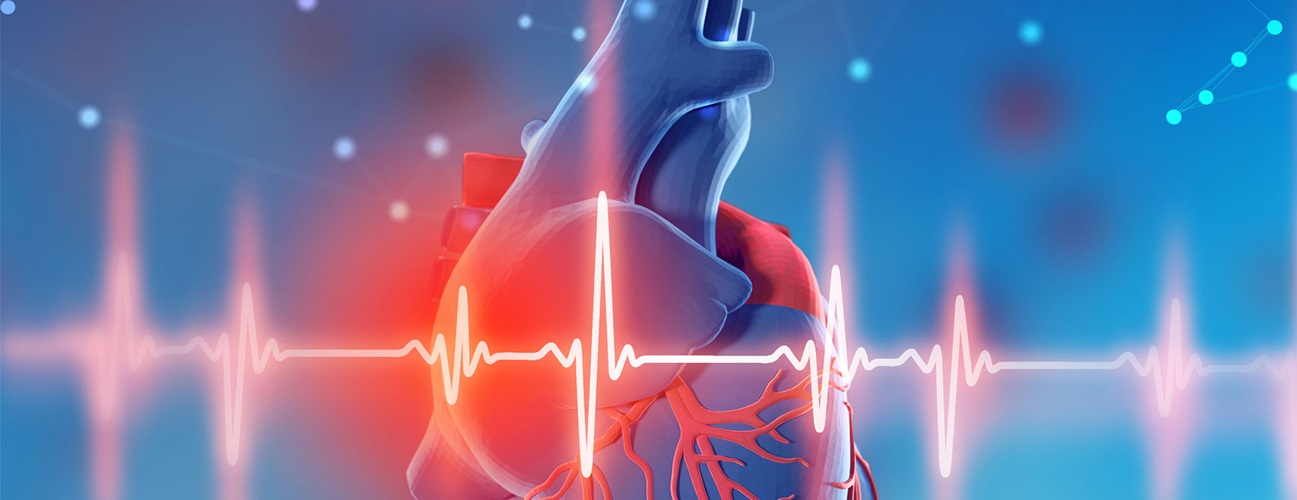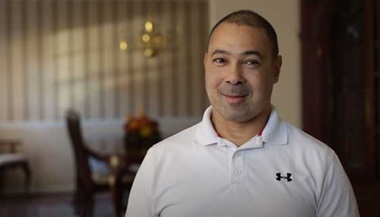Systolic Heart Failure
Systolic heart failure is a specific type of heart failure that occurs in the heart’s left ventricle. The left and right ventricles are the bottom chambers of the heart.
In a person with systolic heart failure, the heart is weak, and the left ventricle can’t contract (squeeze) normally when the heart beats. This weakness means less blood circulates throughout the body.
When your heart can’t supply enough oxygenated blood to the rest of the body, you can experience symptoms and complications.
Heart Failure with Reduced Ejection Fraction
Systolic heart failure is also called heart failure with reduced ejection fraction (or HFrEF).
Ejection fraction is the percentage of blood the left ventricle pumps out with every beat. A normal, healthy ejection fraction is 55% to 65%. If it’s higher or lower, that can indicate a heart problem.
With systolic heart failure, the ejection fraction is usually less than 50%.
Causes of Systolic Heart Failure
Systolic heart failure is usually caused by another cardiovascular condition that weakens the heart muscle. For example:
- Aortic stenosis, a narrowing of the valve in the large blood vessel that branches off the heart (the aorta)
- Arrhythmia, an irregular heart rhythm
- Cardiomyopathy, any condition affecting the heart muscle
- Coronary artery disease, narrowing of the blood vessels that bring blood to the heart
- Heart attack, which occurs when the heart doesn’t get enough blood
- High blood pressure (hypertension), the force of blood pushing against arteries
- Mitral regurgitation, when a valve in the heart doesn’t close tightly, allowing blood to flow backward in the heart
- Myocarditis, inflammation of the heart muscle
Systolic Heart Failure Symptoms
The hallmark feature of systolic heart failure is shortness of breath, also called dyspnea.
A person with early systolic heart failure might get short of breath only when exercising. But a person with advanced systolic heart failure might have trouble breathing when simply walking across the room or even when resting.
Other signs of systolic heart failure are:
- Chest pain
- Confusion or forgetfulness
- Dizziness
- Fatigue or weakness
- Frequent coughing or wheezing, sometimes producing a pink-colored foam or mucus
- Irregular or fast heartbeat
- Lack of appetite or nausea
- Needing to urinate frequently at night
- Sudden, unexpected weight gain
- Swelling in the belly, legs, ankles and/or feet
As heart failure symptoms advance, blood gets so backed up that it forces fluid through the walls of the capillaries (tiny blood vessels). The fluid then builds up in other parts of the body. This can cause swelling throughout the body in the:
- Belly
- Ankles
- Feet
- Legs
- Lower back
- Groin
Acute Systolic Heart Failure Versus Chronic Systolic Heart Failure
Systolic heart failure can be classified as acute or chronic:
- Acute: You have active symptoms of heart failure with a new diagnosis or a long-term condition.
- Chronic: You have a history of heart failure, but are relatively stable.
Acute systolic heart failure is a medical emergency. Depending on the cause, some cases can be reversed with prompt treatment. Chronic systolic heart failure is a lifelong condition, and treatment aims to slow the disease and minimize symptoms.
Systolic Versus Diastolic Heart Failure
Both systolic and diastolic heart failure affect the left ventricle. In systolic heart failure, the heart muscle is weak, and the ventricle can’t contract normally. With diastolic heart failure, the heart muscle is stiff, and the left ventricle can’t relax normally.
Treatment for Systolic Heart Failure
If you have systolic heart failure, your doctor will offer treatments to address the underlying causes, relieve your symptoms and improve your overall health. Treatment often involves a combination of therapies that may include:
- Lifestyle changes
- Medication that treats systolic heart failure
- Medication that lessens symptoms
- Surgery
Lifestyle changes
Systolic heart failure is a progressive condition, meaning it gets worse over time if it’s not treated effectively. Fortunately, there are things you can do to slow the progression of systolic heart failure. Your doctor may recommend some or all of the following:
- Avoid alcohol.
- Eat a heart-healthy diet with limited amounts of salt.
- Exercise regularly.
- Get plenty of rest.
- Lose weight if needed.
- Manage your blood pressure and blood sugar (if you have diabetes).
- Quit smoking.
- Recognize small warning signs in your body, such as swelling or weight gain.
Medications for systolic heart failure
Depending on the severity of systolic heart failure and its underlying cause, your doctor may prescribe medications. Some of the drug options for treating systolic heart failure include:
- Angiotensin-converting enzyme (ACE) inhibitors and angiotensin receptor blockers (ARBs) relax the blood vessels to lower blood pressure.
- Beta blockers make the heart beat more slowly and with less force.
- Aldosterone blockers help the body release sodium and water.
- Angiotensin receptor–neprilysin inhibitors (ARNIs) reduce excess fluid in the body and relax blood vessels, making it easier for your heart to pump blood.
Medications to lessen symptoms of systolic heart failure
Many of the symptoms of systolic heart failure are uncomfortable, and may limit the amount and type of activities you can participate in. Your doctor may recommend medications that treat the symptoms of systolic heart failure to make you more comfortable. Some of these options include:
- Diuretics reduce the amount of fluid in the body.
- Vasodilators dilate (open) the blood vessels and reduce the heart’s workload.
- Digoxin helps the heart beat stronger with a more regular rhythm.
- Anti-arrhythmics control arrhythmia and maintain normal heart rhythm.
Surgery for systolic heart failure
In advanced cases of systolic heart failure, surgery may be a good treatment option. Your doctor will recommend surgery based on your exact symptoms and the cause of your condition. Surgical options include:
- Corrective surgery to fix an underlying problem, such as heart valve repair or replacement or coronary bypass surgery
- Pacemaker to regulate the heartbeat
- Implantable cardioverter defibrillator (ICD) to monitor the heart for fast rhythm and deliver an electrical shock to reset the heart when necessary
- Left ventricular assist device (LVAD), which takes over the pumping action of the heart
- Heart transplant to replace the heart with a donated heart from a person who has died
Warning Signs of Worsening Systolic Heart Failure
Systolic heart failure can worsen gradually over time or quickly. Your doctor will explain the warning signs that systolic heart failure is getting worse. They may include any symptoms that intensify, such as:
- Chest pain
- Cough that won’t go away
- Dizziness, confusion or fainting
- Sudden increase of swelling in the belly, legs, ankles or feet
- Weight gain of 3 or more pounds in one day or 5 or more pounds in one week
You should always report worsening heart failure symptoms to your doctor. Quick treatment can help prevent complications of systolic heart failure, which include:
- Damage to the kidneys and liver
- Hypoxia (low oxygen levels)
- Right-sided heart failure, which damages the right ventricle and leads to combined systolic and diastolic heart failure symptoms
Careful management is key to slowing the progression of systolic heart failure and preventing complications. You should be sure to attend all your follow-up appointments, follow your treatment plan and take all your medications as prescribed.






